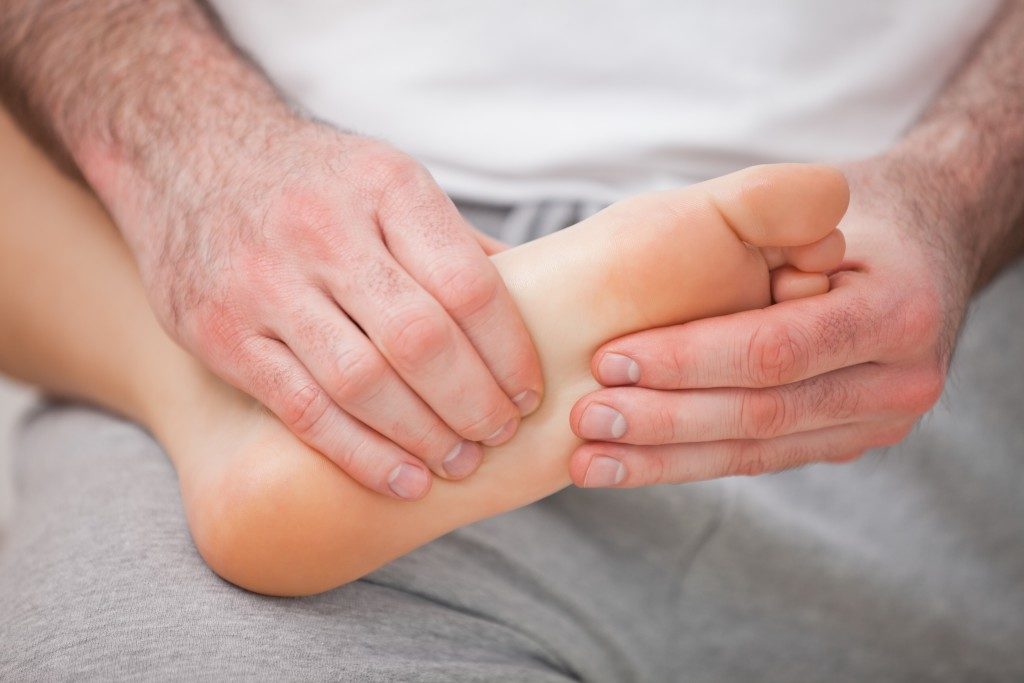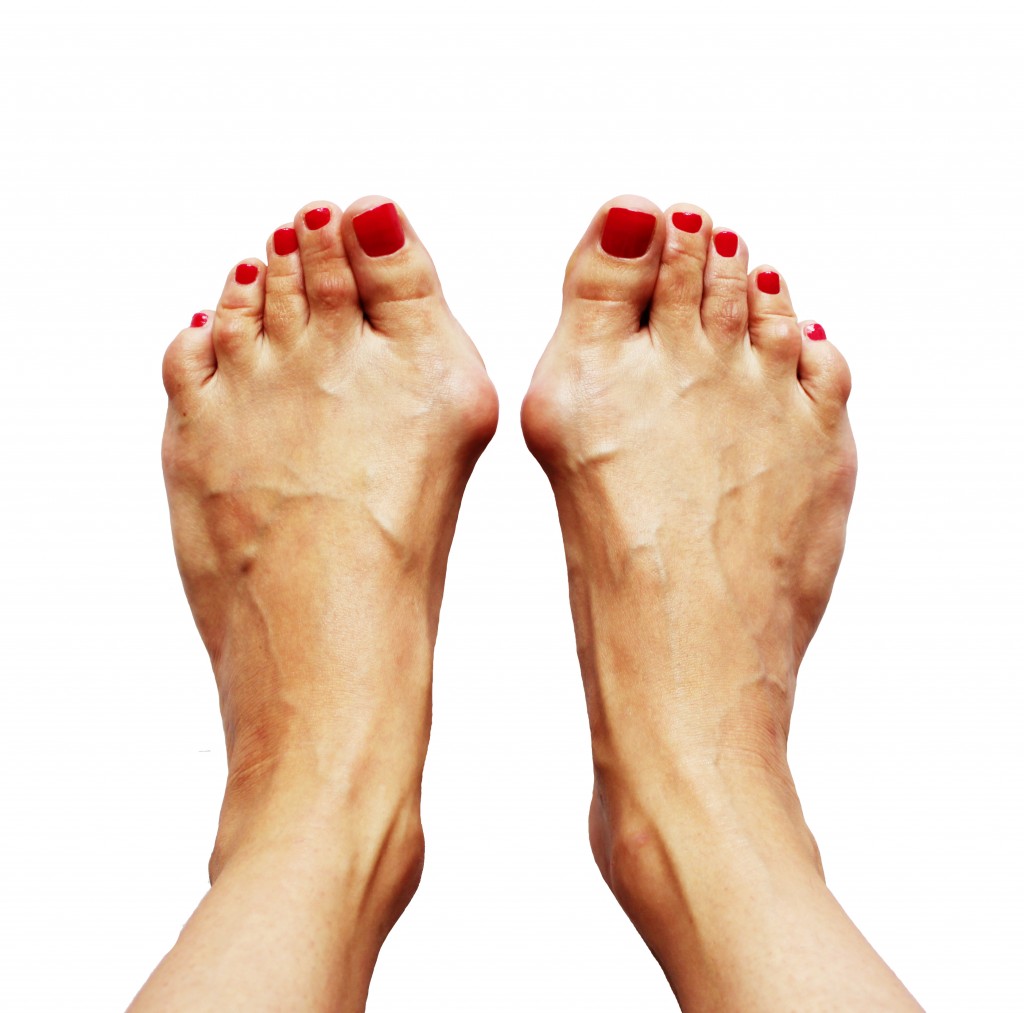The foot is created in such a way that it can carry the body’s full weight while at the same time allowing a person to walk and be mobile comfortably. Every bone and muscle in the foot has its respective function and when something is amiss, you might have a hard time walking comfortably.
Bunions are often a culprit for such discomfort and even pain. In some cases, going to a bunion corrector in Singapore, commonly known as a podiatrist, can help solve the problem. However, before heading to your doctor’s office, it would be best to have an idea of what bunions are in order to have a more fruitful discussion.
What are bunions?
Bunions are a condition where a bony bump is formed at the base of your big toe. While it is natural for your big toe to lean towards your other toes, having a bunion can cause your big toe to get bigger and stick out. Because a “new” bone has formed in that position, bunions often cause the foot to change in shape. Pressure applied to the bunion when wearing shoes can cause callouses. Bunions can cause obvious changes in foot shape, callouses, and even pain. Bunions may make the simple tasks of wearing closed shoes and walking very uncomfortable, and in severe cases, impossible. Unlike other conditions, bunions are visible to the naked eye.

What causes bunions to form?
Unfortunately, no one knows what causes bunions to form. However, research shows that women are often prone to having bunions partly because of the tight shoes that they wear. Prolonged wearing of high heels can cause the foot to change shape over time which can, in turn, cause bunions. But, in some cases, it is hereditary. If any of your family members have suffered from bunions, chances are, you and your offsprings might also suffer from them.
How to do you treat bunions?
While there is no known cause of bunions, there are a lot of ways to treat them. However, for cases of pain or impaired walking caused by the condition, going to a podiatrist or an orthopedic foot specialist should be done.
Most doctors often try non-surgical treatments first. Aside from wearing , you may be made to change to more comfortable shoes with a wider foot area, in order to remove pressure on the bunion. This can also help prevent callouses. In some cases, your doctor will advise you to wear padding or special shoe inserts. These inserts are often custom-made, with the goal of changing your foot’s alignment. Sometimes, wearing a toe splint at night to help straighten your toe can also be done. If the case is severe, your doctor might recommend surgery, removing the bunion to help your foot get back to its original shape and alignment.
Bunions might look harmless, and in most cases, they are. But if you feel like they are limiting your mobility and freedom, then seeing a podiatrist to help you with your problem should be done as soon as possible.

